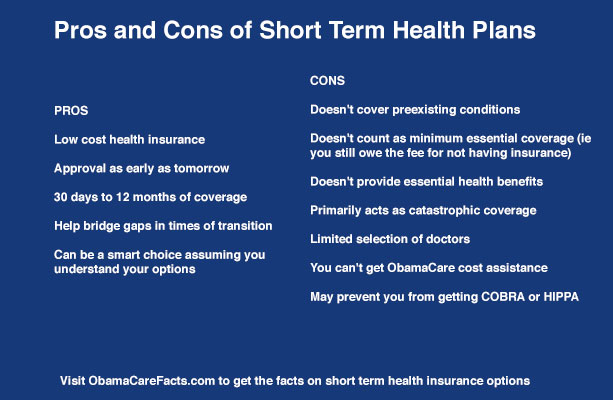Not known Incorrect Statements About Medicare Advantage Agent
Not known Incorrect Statements About Medicare Advantage Agent
Blog Article
10 Simple Techniques For Medicare Advantage Agent
Table of ContentsWhat Does Medicare Advantage Agent Mean?Excitement About Medicare Advantage AgentWhat Does Medicare Advantage Agent Mean?

follows from adheres to the perplexing young reasonably profile of the uninsured with without insurance better health, wellness average, of younger personsMore youthful For those without access to work environment health and wellness insurance policy, poor wellness is a prospective barrier to buying nongroup protection because such coverage might be very valued, leave out pre-existing problems, or be merely not available. Unless otherwise kept in mind, nationwide estimates of individuals without health and wellness insurance policy and proportions of the populace with different kinds of protection are based on the CPS, the most widely made use of resource of estimates of insurance protection and uninsurance rates.

Medicare Advantage Agent Can Be Fun For Everyone
Over a three-year period beginning early in 1993, 72 million people, 29 percent of the U.S. populace, were without insurance coverage for at the very least one month. Within a single year(1994), 53 million individuals experienced at the very least a month without insurance coverage(Bennefield, 1998a). Six out of every 10 without insurance grownups are themselves used. Working does boost the likelihood that one and one's family participants will have insurance coverage, it is not a warranty. Even members of family members with two permanent breadwinner have nearly a one-in-ten opportunity of being uninsured (9.1 percent uninsured price)(Hoffman and Pohl, 2000 ). The connection between medical insurance and access to care is well developed, as recorded later on in this chapter. Although the partnership in between wellness insurance policy and health results is neither straight neither easy, a considerable medical and health services research study literature web links health and wellness insurance protection
to better accessibility to care, far better top quality, and enhanced individual and population health and wellness condition. The second record, on personal health outcomes for without insurance adults, is stood for by the innermost circle of the number, while the 3rd report, on household health, incorporates the topics of the second report yet highlights a various unit of evaluation, particularly, the family. The 6th record in the collection will present info about techniques and efforts embarked on locally, statewide, or nationally to deal with the lack of insurance coverage and its unfavorable impacts. Levels of analysis for taking a look at the impacts of uninsurance. This conversation of medical insurance protection focuses primarily on the U.S. population under age 65 since basically all Americans 65 and older have Medicare or various other public insurance coverage.
Moreover, it concentrates specifically on those without any type of medical insurance for any size of time. The troubles faced by the underinsured remain in some areas similar to those encountered by the uninsured, although they are generally much less extreme. Uninsurance and underinsurance, however, involve definitely various plan issues, and the techniques for addressing them may vary. Throughout this study and the five reports to follow, the main emphasis gets on individuals without medical insurance and therefore no assistance in spending for healthcare past what is offered with charity and safeguard organizations. Health and wellness insurance coverage is an effective variable affecting invoice of care due to the fact that both patients and doctors react to the out-of-pocket rate of services. Health insurance coverage, nevertheless, is neither essential nor adequate to get to clinical services. Nonetheless, the independent and straight impact of health and wellness
insurance policy protection on access to wellness services is well established. Others will get the healthcare they need also without wellness insurance coverage, by spending for it expense or seeking it from companies who offer care free or at very subsidized prices. For still others, medical insurance alone does not guarantee receipt of treatment due to other nonfinancial barriers, such as a lack of healthcare service providers in their neighborhood, minimal accessibility to transportation, illiteracy, or etymological and social distinctions. Official study regarding without insurance populaces in the USA dates to the late 1920s and very early 1930s when the Board on the Cost of Medical Treatment produced a series of reports about funding physician workplace gos to and hospitalizations. This problem became prominent as the numbers of clinically indigent climbed throughout the Great Anxiety. Empirical research studies consistently sustain the web link between accessibility to care and enhanced health and wellness outcomes(Bindman et al., 1995; Starfield, 1995 ). Having a routine resource of treatment can be taken into consideration a forecaster of access, as opposed to a More hints straight step of it, when health results are themselves used as accessibility signs. This expansion of the check these guys out concept of accessibility measurement was made by the IOM Board on Checking Access to Personal Health And Wellness Care Provider(Millman, 1993, p. Whether parents are insured appears to impact whether or not their kids receive care in addition to just how much careeven if the kids themselves have coverage(Hanson, 1998). The health of moms and dads can influence their capability to take care of their kids and the degree of household tension. Stressing over their children's access to care is itself a source of anxiety for moms and dads. Three chapters follow in this record. Chapter 2 provides a summary of exactly how employment-based medical insurance, public programs and individual insurance policy plans run and communicate to supply considerable but insufficient coverage of the united state population. This includes an evaluation of historical fads and public laws influencing both public and personal insurance coverage, a discussion of the interactions among the various kinds of insurance policy, and an evaluation of why people relocate from one program to another or wind up

Report this page